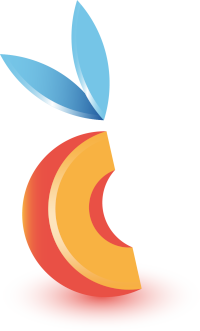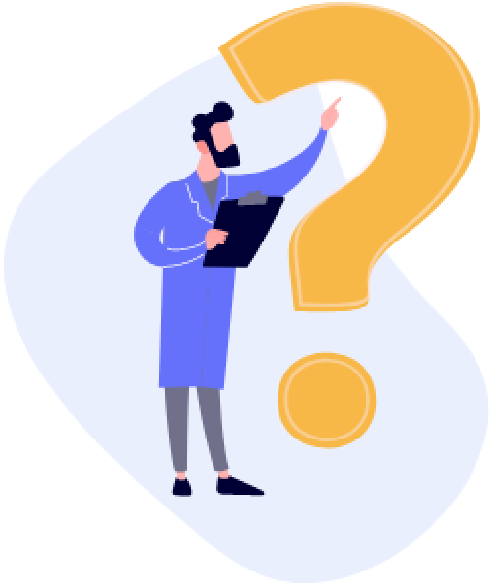test traduction d'un article
Modifié le 19/07/2024 à 09h04
Variables (or factors)
A variable is an object, idea, or condition that can have multiple values or
formats.
Each variable has its own form among a possible set.
Ex: variable reading medium > digital, text, etc.
In other words, it is a measurable characteristic that can take
different values or modalities.
Examples: height, age, gender, income, country of birth, years of education,
type of housing, etc.
In a research study, we will always seek to observe the effects of a variable whose
values do not change (independent variable = IV) on another variable whose variations are measured
(dependent variable = DV).
In a research study, we will formulate a hypothesis. The researcher will
establish the hypothesis that the independent variable (whose values are fixed) will impact the dependent
variable (the one being measured).
Variable 1 = what explains, what is fixed. It is the cause.
Variable 2 = what is explained, what is measured. It is the consequence.
Variable 2 = what is explained, what is measured. It is the consequence.
There is a third type of variable,
optional, in a research study. It is the controlled variable: it is a variable that must be taken into account and could impact the variation of the dependent variable.
Controlled Variable (or Confounding Variable) = what could impact the variations of the Dependent Variable (DV)
Controlled Variable (or Confounding Variable) = what could impact the variations of the Dependent Variable (DV)
To facilitate understanding and the order of variables,
it is common to say that the variable 2 (which is explained)
depends on the variable 1
(which explains, which varies). Hence the name dependent or explained variable.

Dependent Variable
The dependent variable (DV) is the variable tested and
measured by the experimenter in a scientific experiment.
To better understand:
Example 1
Julie wants to learn to ski. She observed skiers to imitate them,
but thought she could progress faster by taking lessons.
So she signed up for private lessons
to improve her level.
We can hypothesize H1 that the number of lessons Julie takes will influence her skiing level at the end of the vacation.
We can hypothesize H1 that the number of lessons Julie takes will influence her skiing level at the end of the vacation.
The dependent variable is "Julie’s skiing level at the end of the
vacation".
This is what we will measure!
Example 2
Researchers want to know if students' learning performance
can be improved by guidance in an e-learning platform.
We can hypothesize H1 that the presence of guidance on the platform will allow for better learning performance.
We can hypothesize H1 that the presence of guidance on the platform will allow for better learning performance.
In this hypothesis, it is the students' learning performance that will be measured: the dependent
variable here is learning performance.
Independent Variable
The independent variable (IV) concerns what the experimenter
identifies and controls.
It is manipulated by the researcher through different modalities, but also through the different groups
they set up.
An IV corresponds to characteristics identified as potential causes of the DV, such as:
- Individual characteristics (e.g., Gender, age, level of expertise, etc.).
- Physical or social environment (e.g., presence/absence of others, wall color, noisy vs. calm environment).
- The task (difficult vs. easy, familiar vs. unfamiliar).
- The nature of presented stimuli (e.g., ambiguous vs. non-ambiguous; subliminal vs. supra-liminal).
These characteristics are thus manipulated by the researcher to control or
analyze their impact on participants' behavior, state, or mental processes.
An IV has at least 2 modalities or states (also called degrees, levels, or values)
identified by the experimenter.
Modalities (or factors)*: The modalities of a variable are the different values that the independent variable can take.
Example 1
According to hypothesis H1, the number of lessons Julie takes will influence
her skiing level at the end of the vacation. The skiing level is the DV of this study (which is measured).
The independent variable (variable explaining, fixed) is
the number of lessons:
IV: number of lesson(s) = N3
- n1: 0 lessons
- n2: 1 lesson
- n3: 2 lessons
Here, the IV will have 3 modalities (degrees, factors, levels): 0, 1, and 2 ski lessons.
Example
According to hypothesis H1, the degree of guidance (or user support) on the e-learning platform
will impact students' learning performance.
The independent variable (explaining, fixed variable) is therefore the degree of guidance on the e-learning platform.
IV: degree of guidance = N2
- n1: Light guidance
- n2: Enhanced guidance
Here, the IV will have 2 modalities (degrees, factors, levels): Light guidance and Enhanced guidance.
For example, the modalities of the variable family situation are: Single, widowed, married, in a
relationship, etc.
Important
To better distinguish the types of variables (independent and dependent), considering the cause/effect relationship can help.
If an independent variable is modified, then an impact should be found on the dependent variable. In other words, the evaluation of the dependent variable (measured) should not be the same depending on the modality of the independent variable. In the skiing example, Julie’s skiing performance should not be the same if she has not taken any ski lessons, if she has taken one, or if she has taken two.
To better distinguish the types of variables (independent and dependent), considering the cause/effect relationship can help.
If an independent variable is modified, then an impact should be found on the dependent variable. In other words, the evaluation of the dependent variable (measured) should not be the same depending on the modality of the independent variable. In the skiing example, Julie’s skiing performance should not be the same if she has not taken any ski lessons, if she has taken one, or if she has taken two.
Controlled Variable
The controlled variable is a "confounding variable" in the sense that it is likely to disrupt the dependent variable (which is measured).
This variable is fixed, just like the independent
variables (voluntarily manipulated), but here, the researcher wants to control the effect of the controlled variable on the dependent variable. Controlled variables are not always identified, nor necessary.
Example 1
The number of lessons Julie takes will influence her skiing level at the end of the vacation.
Possible controlled (confounding) variables:
- The quality of the snow
- Julie’s sleep quality
- The ski instructor’s mood
- Etc.
Example 2
Students’ learning performance improves with the guidance provided.
Possible controlled (confounding) variables:
- The psychological state of the learner
- Their motivation
- Their prior knowledge of the subject
- Etc.



